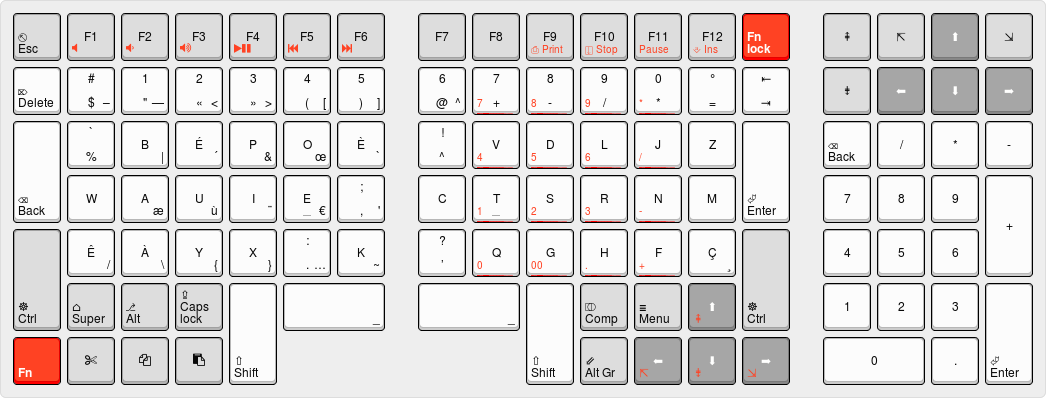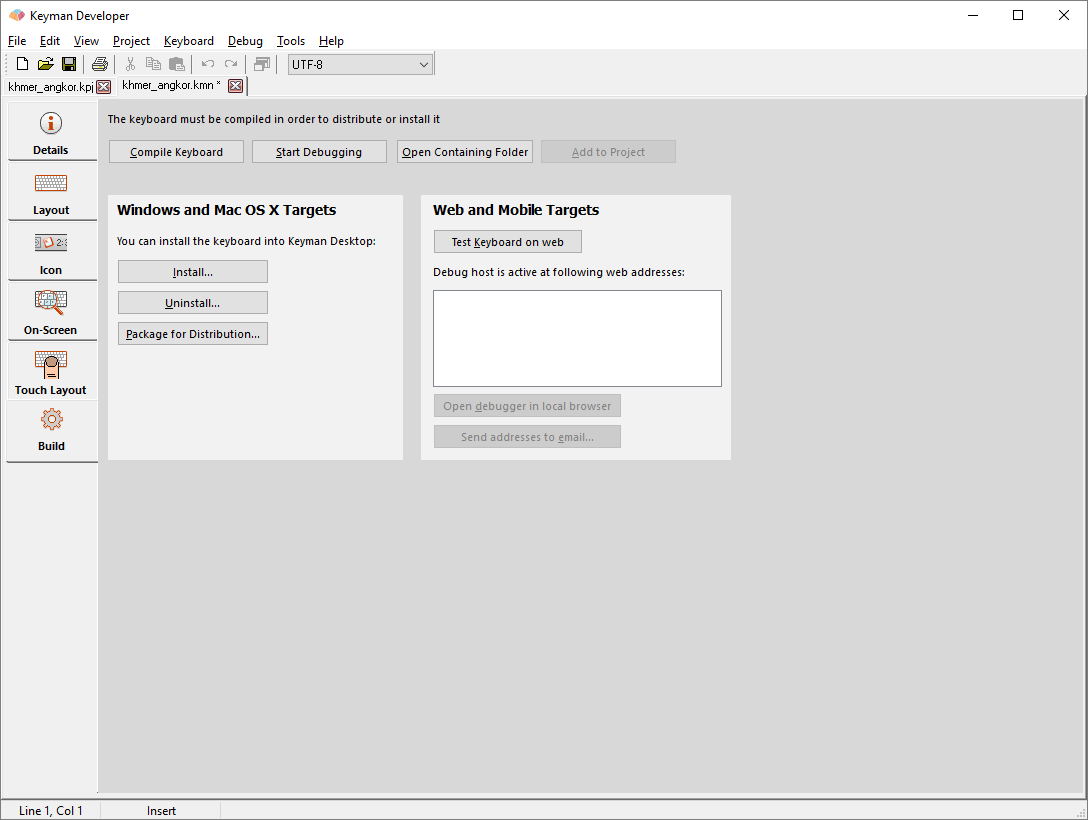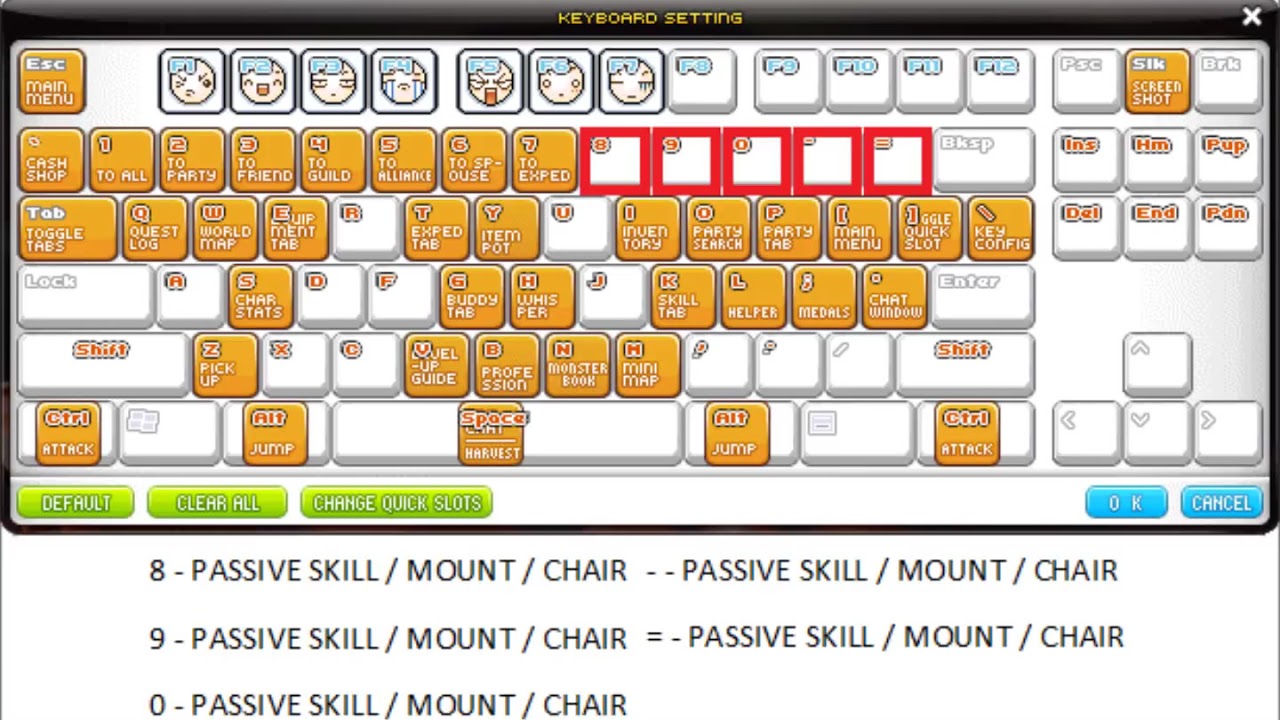



Steffen Brüntjen's EurKEY keyboard layout and since the only GUI tool which I found so far for xkb editing does unfortunately not make xkb more accessible (like a more assistive GUI tool would do by displaying the glyphs you get when you hold down modifier keys alone or in combination and letting you edit them by clicking on them and choosing or entering the glyphs of choice), I am for now experimenting with a workaround: (meaning hard to edit by dint of obtuseness, complexity, and so-so documentation). I tried key bindings via System Settings > Keyboard > Keyboard Shortcuts, but these shortcuts only fire off system commands and I don't know of one which would simulate keystrokes.Įngineer's motto: Warum einfach wenn's auch kompliziert geht? Yikes! The only GUI tool I have found so far xkeycaps is likewise not very intuitive and still presents me with the xkb "no alt key" conundrum. If xkb does accommodate, figuring out a way to do this manually inside a modified /usr/share/X11/xkb/symbols/ys may be akin to felling the entire Amazon forest in order to connect two neighbouring villages with a road.

Reading xkb specs has left my brain in twists and knots and made me wonder if xkb even accommodates the use of ctrl-alt as modifier. I wouldn't mind for the compose key to be available as backup for anything unusual which I won't configure because I don't need it often. For Spanish and French, I'd love to add ctrl to get something like: ctrl-alt-A = á
Keyboard layout editor mac#
Linux being so highly configurable, I was hoping to possibly get something even better than Mac and configure single chords (simultaneous key presses) something like this: Macintosh has always had a better system than the above three using chords (simultaneous key presses) in the fashion of dead keys: combinations like option-u (think: alt-u) function like a dead key (for umlauts in this case), without making any regular keys go dead, and only two steps are needed (not three as with a single compose key followed by dead keys (method 2)). The third method helps one language (after you tape matching glyphs to the modified keys) but not several. The 2nd method totally disrupts one's train of thought and is quite unsuited for massive typing. The 1st method doesn't do well by people needing to use the now-made-dead keys (such as quotes). a German one where the Y and Z keys are swapped and umlauts sit on keys which on the UU keyboard have brackets and such) A foreign language layout which pretends my US keyboard is actually a foreign one (e.g.The compose key followed by (or - if you are acrobatic enough - pressed together with the " symbol (shift-')) will then let you type another key like "a" and the two get combined if possible (ä). Compose key: In that case you need to configure a compose key in your keyboard layout's options.Keyboard layout with dead keys: In that case if you type the " symbol, nothing appears until you press another key and then the two get combined if possible (e.g.
Keyboard layout editor how to#
I am not asking how to use the standard ways which are slow, cumbersome, and interrupt the flow of thought: I often have to write foreign or mixed language texts, and will probably need to make my own custom keyboard layout or key bindings to get an optimum configuration.


 0 kommentar(er)
0 kommentar(er)
